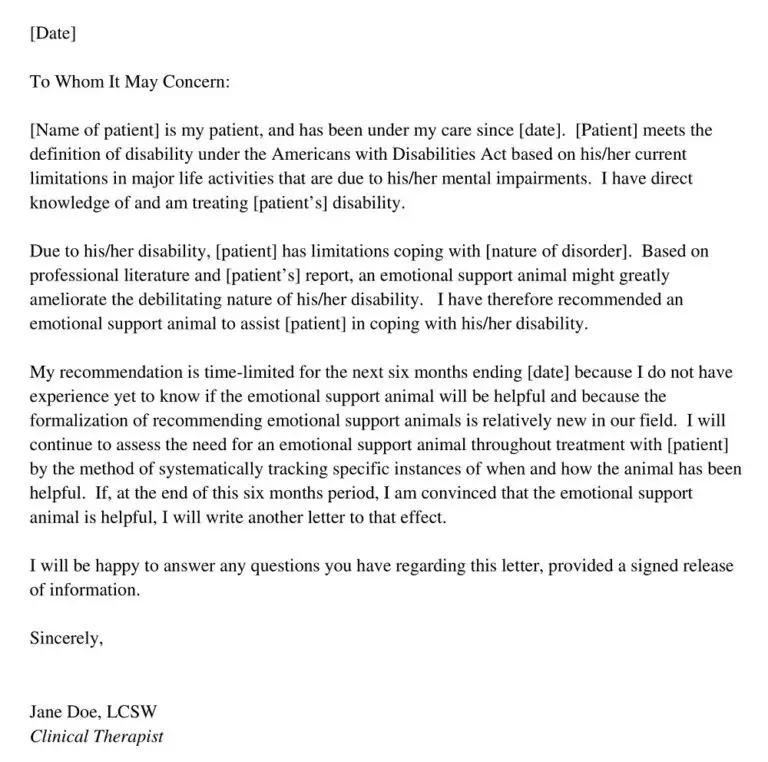The Scarlett Johansson-OpenAI Case: Setting Boundaries For AI Voice Technology

Table of Contents
The Legal Ramifications of AI Voice Cloning
The Scarlett Johansson case underscores the inadequacy of existing legal frameworks in dealing with the unique challenges posed by AI voice cloning. Protecting individual voices requires a multi-pronged approach addressing copyright, publicity rights, and the need for comprehensive new legislation.
Copyright and Intellectual Property Rights
Current copyright laws, primarily designed for traditional media, struggle to adequately address the complexities of AI-generated voice.
- Existing copyright laws primarily protect written and musical works, leaving voice cloning in a legal grey area. The question of whether a voice, as a performance, can be copyrighted is complex and often debated.
- Limitations in current legislation create loopholes that AI developers might exploit. The definition of “original work” needs to be redefined in the context of AI-generated content.
- The Johansson case highlights how easily a voice can be replicated and used without explicit consent, exceeding current copyright protections. This demonstrates the pressing need for legislative updates to reflect the capabilities of modern AI.
Right of Publicity
Beyond copyright, AI voice cloning infringes on an individual's right of publicity – the right to control the commercial use of one's name, likeness, and voice.
- The right of publicity protects individuals from unauthorized exploitation of their persona for commercial gain. This right is crucial for celebrities like Johansson, whose voice is a significant asset.
- Unauthorized use of a voice can severely damage reputation and earning potential. It can lead to confusion among consumers and dilute the value of an individual's brand.
- Johansson's lawsuit demonstrates the significant financial implications of AI voice cloning without consent. The potential for lost endorsements and damage to brand image is substantial.
The Need for Clearer Legal Frameworks
The absence of comprehensive legislation creates a fertile ground for misuse of AI voice technology. Urgent action is needed to establish clear legal frameworks.
- Model laws are needed to define the ownership and usage rights of AI-generated voices. These laws should consider factors like consent, compensation, and transparency.
- International collaboration is crucial to establish consistent global standards. AI voice technology transcends national boundaries, requiring international cooperation to ensure effective regulation.
- We can anticipate a wave of future legal battles as AI voice technology matures. Proactive legislation is far more efficient than reacting to individual cases.
Ethical Considerations in AI Voice Cloning
Beyond the legal aspects, the ethical implications of AI voice cloning are profound, raising concerns about consent, misinformation, and accountability.
Consent and Privacy
The use of someone's voice without their explicit consent is a significant ethical breach.
- Informed consent is crucial, especially given the potential for misuse of voice data. Individuals should have full control over how their voices are used and stored.
- The potential for non-consensual deepfakes is a major ethical concern. These manipulated recordings can cause severe reputational damage and emotional distress.
- Ethical guidelines must be implemented to ensure that voice data is collected and used responsibly. Stricter data protection regulations are essential.
Misinformation and Deception
AI-generated voices can be used to create realistic deepfakes, spreading misinformation or impersonating individuals for malicious purposes.
- Realistic AI voices can be leveraged for social engineering, identity theft, and political manipulation. The potential for harm is immense and growing.
- The ability to create convincing deepfakes makes it difficult to discern truth from fiction. This erodes public trust and makes it harder to combat misinformation.
- Real-world examples highlight the urgent need for countermeasures. Cases of fraudulent phone calls and manipulated audio recordings showcase the serious implications.
The Role of Transparency and Accountability
Transparency and accountability are crucial for responsible development and use of AI voice technology.
- Mechanisms are needed to easily identify AI-generated voices. This could involve watermarking or other technological solutions.
- Developers and users must be held accountable for the misuse of AI voice technology. Clear regulations and enforcement are vital.
- Ethical guidelines and industry self-regulation are important steps towards responsible innovation. Collaboration among stakeholders is essential to establish best practices.
The Future of AI Voice Technology and Best Practices
Mitigating the risks associated with AI voice cloning requires a multifaceted approach involving technological solutions, industry self-regulation, and public education.
Technological Solutions
Technological advancements can play a critical role in preventing unauthorized voice cloning.
- Watermarking techniques can embed invisible markers in AI-generated audio to identify its origin. This enhances traceability and accountability.
- Blockchain-based verification systems can create an immutable record of voice data usage. This adds an extra layer of security and transparency.
- Innovative technologies are constantly being developed to improve detection and prevention capabilities. Continuous research and development are crucial.
Industry Self-Regulation
Industry players must take the lead in establishing ethical guidelines and best practices.
- Voluntary codes of conduct should be adopted to guide the development and use of AI voice technology. This fosters a sense of shared responsibility.
- Industry collaboration is essential to share best practices and coordinate efforts to mitigate risks. Open communication and knowledge sharing are vital.
- Transparency in data collection and usage practices is key to building trust with users. Openness and accountability are critical components.
Educating the Public
Raising public awareness about AI voice technology and its potential risks is crucial.
- Media literacy programs can empower individuals to critically evaluate information and identify deepfakes. This fosters critical thinking skills.
- Public education campaigns can raise awareness about the potential risks and benefits of AI voice technology. This helps shape informed public opinion.
- Promoting responsible use of AI voice technology is paramount. This requires a collaborative effort from researchers, developers, and the general public.
Conclusion: Protecting Voices in the Age of AI
The Scarlett Johansson-OpenAI case serves as a stark reminder of the legal and ethical complexities surrounding AI voice cloning. Stricter regulations, robust technological solutions, and a commitment to responsible innovation are crucial to protect individuals' voices and prevent the misuse of this powerful technology. We must actively work towards establishing clear boundaries for AI voice technology, fostering transparency, and ensuring accountability. Stay informed about the ongoing developments in AI voice technology regulations, and advocate for responsible use and regulation of AI voices – the future of AI voice depends on it. [Link to relevant resources]

Featured Posts
-
 Top Efl Highlights A Weekly Roundup
May 13, 2025
Top Efl Highlights A Weekly Roundup
May 13, 2025 -
 Two Years Three Car Crashes Townhouse Collision Spree Cnn Video
May 13, 2025
Two Years Three Car Crashes Townhouse Collision Spree Cnn Video
May 13, 2025 -
 Support Mental Health A Dog Walk In Didcot
May 13, 2025
Support Mental Health A Dog Walk In Didcot
May 13, 2025 -
 Doom The Dark Ages When Is It Released Trailers And Updates
May 13, 2025
Doom The Dark Ages When Is It Released Trailers And Updates
May 13, 2025 -
 Kyle Tucker Trade Cubs Fans React To Report
May 13, 2025
Kyle Tucker Trade Cubs Fans React To Report
May 13, 2025
